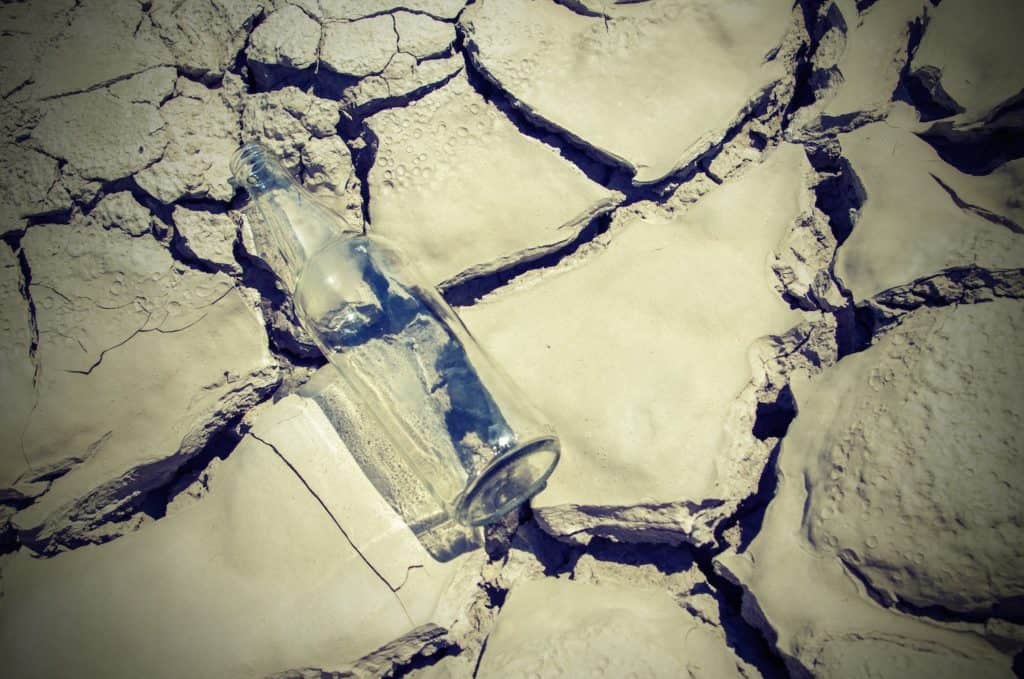In Southern California, we constantly hear about the unprecedented drought we are experiencing and all of the different ways we, as individuals, can contribute to saving water. But, how much can individual citizens really do? And how bad is the drought, really? Well, it’s pretty bad, and the reason for that is because this is not just a Southern California issue – this is a worldwide issue. Countries all across the globe are facing a water crisis, and as things continue to get worse, governments are recognizing the need to take significant action in either reducing water usage or increasing drinking water production. While nothing is cut and dry, there are a few solutions worth looking into as viable options for the globe at large.
- Water and wastewater facilities that produce energy. One of the biggest problems with water and wastewater facilities is the amount of energy required to operate them. However, if these facilities began to convert themselves into plants that also created energy, they could significantly reduce their energy consumption and make them much more efficient to run. This allows the plants to work more continuously at producing drinking water, but they are left free of the worry of the expense of the energy used and the depletion of energy from the city’s sources.
- Efficient Desalination. In essence, the solution here is reduced energy consumption but for the purpose of running a desalination plant rather than a traditional water and wastewater treatment plant. Similar to the previous solution, desalination plants can convert their applications to also produce energy and dramatically decrease their energy costs and strain on the city. With this in play, desalination plants would become much more affordable and efficient, which would pave the way for creating a sustainable amount of drinking water from saltwater.
- Repairing old and leaking pipes from the cities’ infrastructures. It is estimated that up to half of many urban cities’ water supplies are lost through leaky pipes within the city infrastructure. Some of the pipes could be difficult to get to and it would cost a lot of money for the city to repipe, but doing so could dramatically increase the supply of water available to citizens. And, in reality, there are many ways to decrease the amount of water that is lost through leaks without ever repairing the pipes at all. In many cases, simply using technology like variable speed drives or sensors would decrease the pressure of the water in the pipes, which would reduce the amount of water forced out of the leaks.
These are just a few solutions that could lessen the effects of the water crisis the world faces. In addition, utilizing some of the ideas and technologies mentioned would also relieve some of the strain countries face with energy shortages as well. At the very least, these are all solutions that are worth looking into.
Read about how Cortech helped a client save 95% in their water discharge fee.

